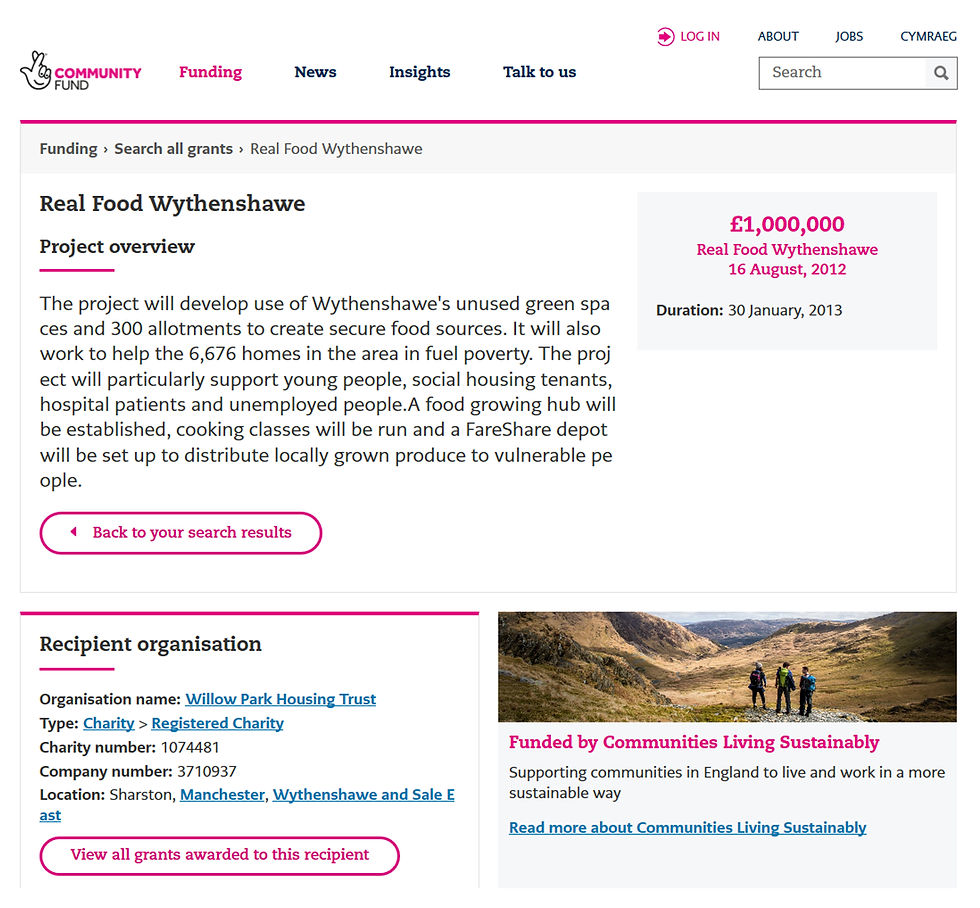Development Appraisal Scenario
- Oliver Haigh
- May 19, 2020
- 3 min read
Updated: Oct 22, 2020
The present reality of the site is that it is owned by The Peel Group and is earmarked for mixed-use development by them. Prior to this, the land was owned by Trafford Council. The Laboratory of Productive Ecologies scenario speculates on an alternative future for the site, based on the premise of the land still being owned by Trafford Council, and thereby serves as a critique of what I see as Trafford Council’s tendency to operate in ways more beneficial to developers’ profit margins than the local community.
Firstly, Trafford Council would commission my architectural practice, Productive Ecologies Architects (PEA), to produce an initial feasibility study for the site, encompassing all parts of the site and all phases of development. There will be no potential issues regarding taking ownership of the site, as the council is the client, who already own the site in this scenario.
As the project is a phased development designed to keep evolving and spreading over the site over many years, it is important that the area is allotted to the project in the new Local Area Plan (LAP); as a statutory document, this will safeguard against parts of the site being carved off to sell to developers, which would prevent future phases of development. To do this, PEA will draw up on outline design, denoting indicative phases of development over time, for inclusion in the LAP.
After this, it will be important to get other partners on board, for funding. Two thirds of the funding will come from a range of companies whose commercial activities can occupy some of the site whilst still fitting within and complementing the site’s programme focus of food and growing. These include commercial forestry, garden centres and supermarkets. Trafford Council will take on the other third of cost and risk, and together all of these stakeholders will form a company, which becomes the project client. The other large source of funding at this stage will come from selling the south-west portion of the site to a developer (fig.7).

Fig.7 – Area of site to be sold for funding purposes (light teal) and area to be occupied by the project (dark teal)
With funding secured, the client will then commission the initial phases of development. This includes removing post-industrial remnants on the site, building in key infrastructure such as necessary roads, and planting the first areas of bamboo and crops. Then, six months after the bamboo has been planted, the client will commission the vital research and development prototyping phase. The team commissioned to do this will comprise the architects, structural engineers and a contractor.
During later phases of development, other sources of income for the project will emerge. One form of continual income will come from the selling of food produce and materials grown on the site . Another will be the rent from leasing market and restaurant spaces on the site. Having these as long leases guarantees a source of income for several years ahead, which will cover maintenance, upkeep and running costs of the site.
A second form of funding will hopefully come through grants. These can be applied for on the basis of the projects value to the local community; creating spaces for local people to congregate, and giving people opportunities in communal culinary and horticultural endeavours. Grant funding can also be applied for on the basis of the project’s sustainability credentials, aiding local food security as well as biodiversity. There is precedent for this in The National Lottery’s Communities Living Sustainably programme. One example is Real Food Wythenshawe, awarded £1,000,000 in 2012 on the basis of “creat[ing] secure food sources” and that “a food growing hub will be established, cooking classes will be run and a FareShare depot will be set up to distribute locally grown produce to vulnerable people” (fig.8-10).

Fig.8 – Real Food Wythenshawe national lottery grant
Figs.9,10 – Real Food Wythenshawe photographs
These show the community focus, key for attaining grant funding of this kind, as well as small architectural projects which potentially be subsidised by this funding if the community benefit were made explicitly clear.
The architects will provide supporting information, such as a feasibility study, to the project manager organising these bids.




Comments